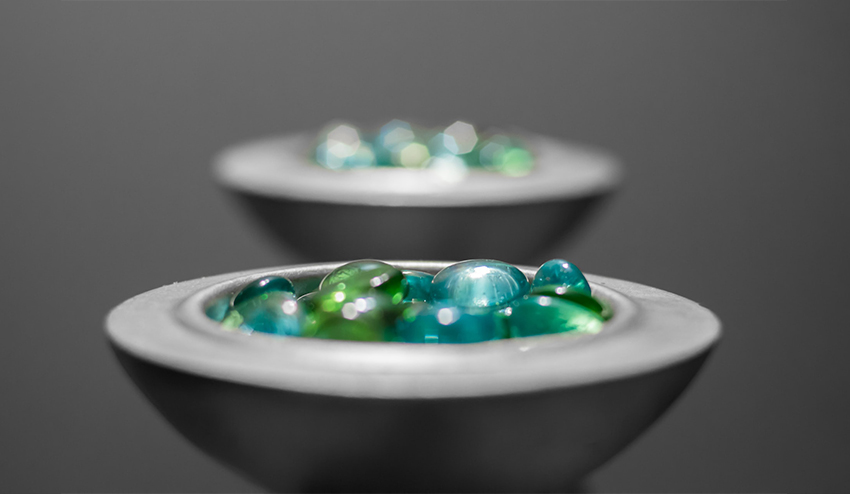
Ways To Find Out If Peridot Is A Real Stone
Glowing in a lovely olive-green tint that is rarely found in any other stone a Peridot is, of course, a genuine gemstone. A Peridot has never been created in a lab, though there are certain fake ones though, that are made of glass and look like real Peridots. The lovely unique tone of green makes it an instant favourite of people and looks elegant with any and every matching outfit. The colour attracts most of the people, and they want one for themselves instantly.
How are the unique properties of a Peridot?
The gemstone, Peridot, is a lovely one. It is not hard and durable. It bears some natural wears and tears at specific points of time due to its softness.
The Peridot contains some fine cracks and a slight mist in the stone. The mist is not visible to the naked eye. A magnifying glass is required to see the mist.
A real Peridot will never change its colour no matter where and under which lighting conditions it is seen.
What are the ways to find out a real Peridot?
Some simple tests at home can be conducted by anybody, apart from lab tests, to ensure if a Peridot is an authentic one, no one has created a Peridot artificially till date, however, as mentioned earlier, some imitation in glass do exist.
Eye test:
Usually, Peridots have a fresh olive green colour, but a tinge of yellow is prevalent in the stone. If any other colour other than these is mentioned, you will know that there is some doubt regarding the authenticity of the stone.
You can take the stone outside and notice if the stone is changing colours. If it does not, then it is a real one while if it does, you know it is a
man made Peridot.
If the Peridot is super elegant and scratch free, it must be a fake one as real ones are bound to have cracks and scratches.
Refraction test:
Holding the Peridot against a light, if you see a double ray of light inside the stone, it means the stone is a real one since it has double refraction. Only a glass stone will have a single refraction.
Gemology test:
This quite a simple test that can efficiently be conducted at home. One of the constituents Peridot is iron. Place the Peridot in a water basin on Styrofoam and check if it floats on the dish, in the middle. Sway a magnet on top of the stone. If the stone gets attracted to the magnet and moves, even the slightest, you surely have a real Peridot with you. Fake ones made of glass will never get attracted to the magnet.
With these cool tricks up your sleeve, you are sure to be able to distinguish a real Peridot from a fake one. No jeweler or seller can fool you, and you can quickly get the best out of every situation!




